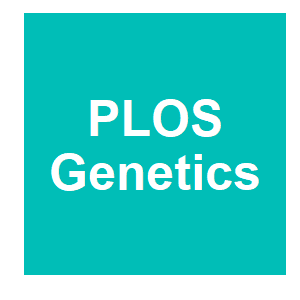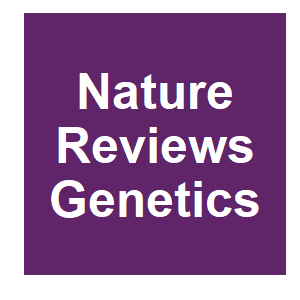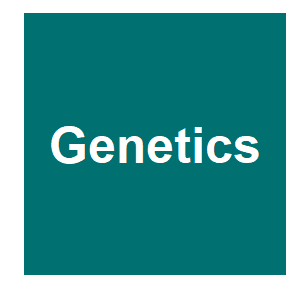
Keywords: Genetics & Heredity

|
Selfish genetic elementsAgren, JAC, A. G., PLOS Genetics, 14:20. 2018.
Selfish genetic elements (historically also referred to as selfish genes, ultra-selfish genes, selfish DNA, parasitic DNA, genomic outlaws) are genetic segments that can enhance their own transmission at the expense of other genes in the genome, even if this has no or a negative ... Keywords: driving y, gene drive evolution, gene drive genetics, gene drive natural, Genetics & Heredity, insects |

|
Cheating evolution: engineering gene drives to manipulate the fate of wild populationsChamper, JB, A.; Akbari, O. S., Nature Reviews Genetics, 17:146-159. 2016.
Engineered gene drives - the process of stimulating the biased inheritance of specific genes - have the potential to enable the spread of desirable genes throughout wild populations or to suppress harmful species, and may be particularly useful for the control of vector-borne ... Keywords: driving y, gene drive evolution, gene drive genetics, gene drive natural, Genetics & Heredity, insects |

|
Meiotic drive changes sperm precedence patterns in house mice: potential for male alternative mating tactics?Sutter, AL, A. K., BMC Evolutionary Biology, 16:15. 2016.
Background: With female multiple mating (polyandry), male-male competition extends to after copulation (sperm competition). Males respond to this selective pressure through physiological, morphological and behavioural adaptations. Sperm competitiveness is commonly decreased in ... Keywords: driving y, gene drive evolution, gene drive genetics, gene drive natural, Genetics & Heredity, insects |

|
Genetic distortion of sex ratio in a mosquito Aedes aegyptiHickey, WAC, G. B., Genetics, 53:1177-1196. 1966.
CRAIG, HICKEY and VANDEHEY (1960) reported that a hereditary factor transmitted by males was responsible for high male ratios in A. aegypti. This phenomenon was designated as male-producing or MP. Males from high maleproducing families produced a high proportion of males in their ... Keywords: driving y, gene drive evolution, gene drive genetics, gene drive natural, Genetics & Heredity, insects |

Contact
David O’Brochta
Foundation for the
National Institutes of Health
geneconvenevi@fnih.org
RSS

